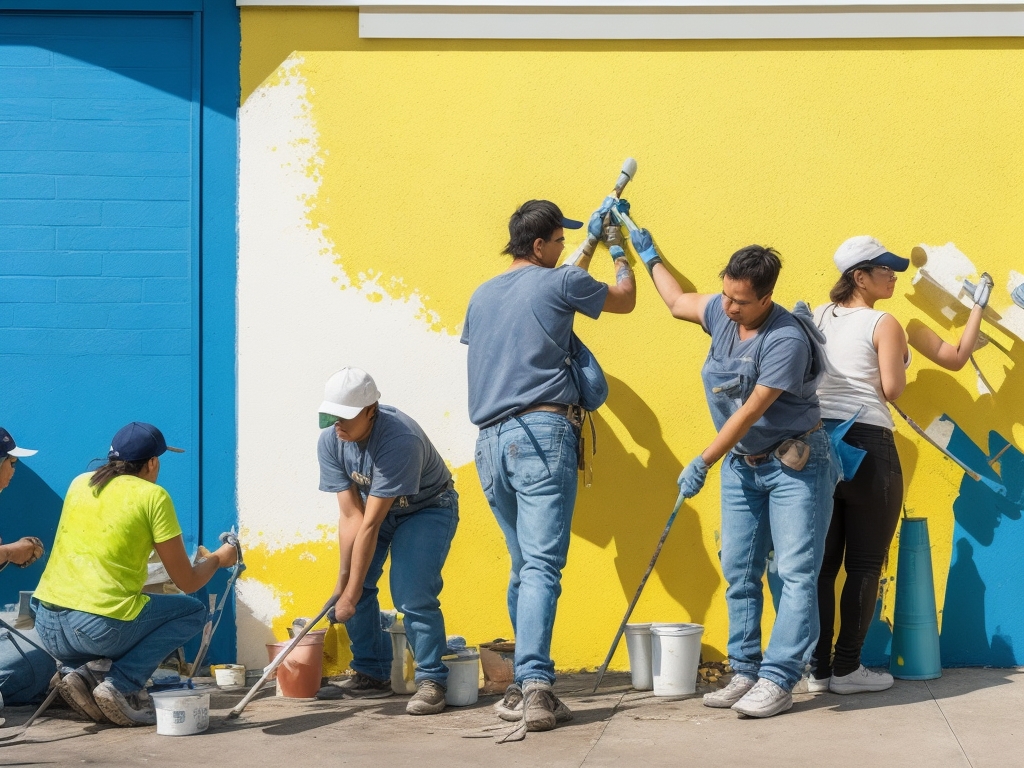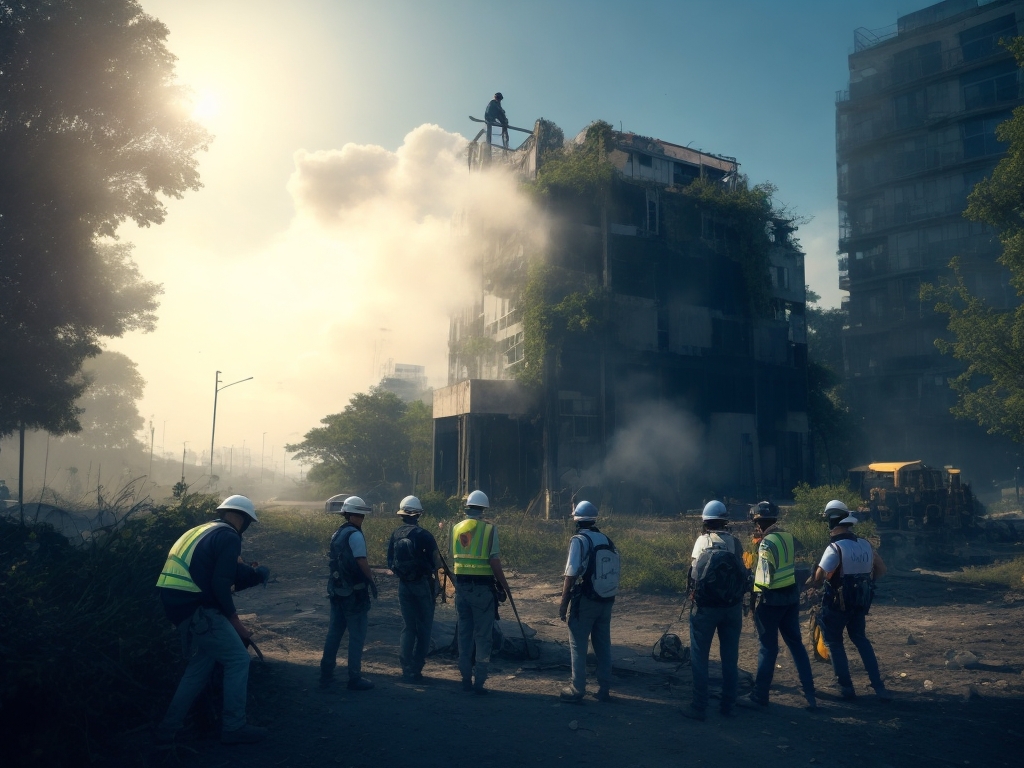
Exterior painting can significantly enhance the appearance and protection of your property. Here are some best tips to achieve a successful and long-lasting exterior paint job:
- Clean the Surface: Before painting, ensure the surface is clean and free from dirt, mildew, and loose paint. Pressure washing is an effective way to clean exterior walls. Remove any cobwebs, dust, or debris from the surfaces.
- Repair and Prep: Inspect the exterior for any damage, cracks, or holes. Repair these issues with appropriate fillers or patching compounds. Sand down rough areas and scrape off loose or peeling paint. Proper preparation ensures better paint adhesion and a smoother finish.
- Use High-Quality Paint and Materials: Invest in high-quality exterior paint and painting materials. Quality paints provide better coverage, durability, and resistance to weather elements. They also retain their color and finish for a more extended period.
- Consider the Weather: Choose the right time for painting, considering the weather conditions. Avoid painting during rainy or extremely hot and humid days. Ideal weather is a dry day with moderate temperatures. Windy conditions can lead to dust and debris sticking to wet paint.
- Prime the Surface: Priming is crucial, especially when dealing with bare wood, new surfaces, or areas with repaired patches. Primer improves paint adhesion, helps prevent stains from bleeding through, and provides an even base for the paint.
- Protect Surrounding Areas: Cover windows, doors, and any other surfaces that should not be painted with painter’s tape and plastic sheeting. This will protect these areas from accidental paint splatters.

- Use Proper Painting Techniques: Start from the top and work your way down. Use even strokes and maintain a wet edge to prevent lap marks. For larger areas, consider using a paint roller, and for edges and details, use brushes. Follow the paint manufacturer’s recommendations for application.
- Apply Multiple Coats: Applying two coats of paint is recommended for better coverage and longevity. Allow the first coat to dry completely before applying the second one.
- Watch for Drying Times: Follow the paint manufacturer’s instructions regarding drying times between coats. Avoid rain or heavy dew during the drying process.
- Inspect and Maintain Regularly: After completing the painting, regularly inspect the exterior for any signs of damage or peeling. Promptly address any issues to prevent further deterioration.
- Consider Sheen and Color: Choose an appropriate paint sheen for the exterior. Flat or satin finishes are ideal for concealing imperfections, while semi-gloss or gloss finishes offer better durability and are easier to clean. When selecting colors, consider the architectural style of your property and the surrounding environment.
Remember that a well-executed exterior paint job can not only enhance the curb appeal of your property but also provide protection against weathering and extend the life of your exterior surfaces. If you’re unsure about the process or have a large project, consider hiring professional painters for the best results.